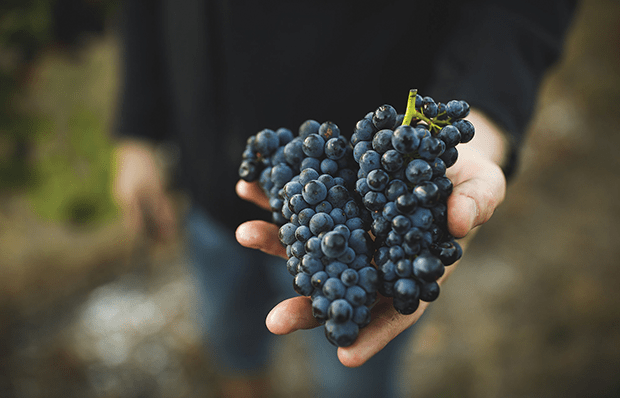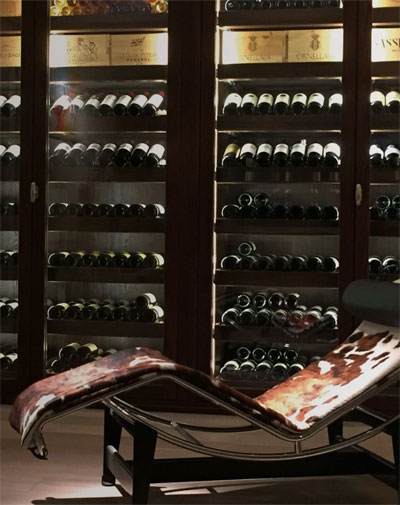
COUNTRY
France

REGION

GRAPE VARIETY
Pinot Noir

VINTAGE
2013
AVAILABLE STOCK: 1 BOTTLES

COUNTRY
France

REGION

GRAPE VARIETY
Pinot Noir

VINTAGE
2013
Country: France, Burgundy, Gevrey Chambertin
Grape Varieties: Pinot Noir 100%
Vineyard: Four fossil-rich parcels near the Brochon border were planted in 1919. Old vines, many nearing 90 years of age. The name "Ostrea" refers to the oyster shells found in and around these parcels.
Soil: A diverse array of clay/limestone, fossil-rich soils
Viticulture: The vineyard is farmed using biodynamic practices and all grapes are harvested by hand, sorted once in the vineyard and again at the winery. Up to 10% of the crop may be rejected.
Vinification: With traditional methods, open vat fermentation using native yeasts, 30% stem inclusion and minimal use of sulpher.
Ageing: The wine is aged in French barriques of which 30-75% is new depending on the vintage.
Food Pairing: Pairs well with duck, goose and game birds.
DOMAINE TRAPET
With vines in Burgundy and Alsace, Trapet Family aims to translate and pass on all the grape and terroir-expressions as the know-how has been passed down to them from generation to generation.
The Domaine was established by Louis`s son Arthur in 1870 when he began acquiring vineyards and laying the foundations for the present Domaine. The Trapets now have 12 hectares of vines including 1.9 hectares of the hallowed Chambertin.
The Domaine is currently run by Jean-Louis Trapet, son of Jean and cousin of the Rossignol Trapets. He is married to an Alsacienne, Andrée. Jean-Louis moved towards biodynamic farming in the mid-1990s, working first with guru Francois Bouchet and now with Pierre Masson. The Domaine has been certified by Biodivin since 1998 also, he uses no sulphur at harvest or during the vinification and maturation processes, just adding a small dose at bottling.

SHIPPING FEES
For orders €100,00 and
above we deliver free to
your place
For orders below €100,00 delivery
charge €10,00 within city limits.
Country: France, Burgundy, Gevrey Chambertin
Grape Varieties: Pinot Noir 100%
Vineyard: Four fossil-rich parcels near the Brochon border were planted in 1919. Old vines, many nearing 90 years of age. The name "Ostrea" refers to the oyster shells found in and around these parcels.
Soil: A diverse array of clay/limestone, fossil-rich soils
Viticulture: The vineyard is farmed using biodynamic practices and all grapes are harvested by hand, sorted once in the vineyard and again at the winery. Up to 10% of the crop may be rejected.
Vinification: With traditional methods, open vat fermentation using native yeasts, 30% stem inclusion and minimal use of sulpher.
Ageing: The wine is aged in French barriques of which 30-75% is new depending on the vintage.
Food Pairing: Pairs well with duck, goose and game birds.
DOMAINE TRAPET
With vines in Burgundy and Alsace, Trapet Family aims to translate and pass on all the grape and terroir-expressions as the know-how has been passed down to them from generation to generation.
The Domaine was established by Louis`s son Arthur in 1870 when he began acquiring vineyards and laying the foundations for the present Domaine. The Trapets now have 12 hectares of vines including 1.9 hectares of the hallowed Chambertin.
The Domaine is currently run by Jean-Louis Trapet, son of Jean and cousin of the Rossignol Trapets. He is married to an Alsacienne, Andrée. Jean-Louis moved towards biodynamic farming in the mid-1990s, working first with guru Francois Bouchet and now with Pierre Masson. The Domaine has been certified by Biodivin since 1998 also, he uses no sulphur at harvest or during the vinification and maturation processes, just adding a small dose at bottling.

SHIPPING FEES
For orders €100,00 and
above we deliver free to
your place
For orders below €100,00 delivery
charge €10,00 within city limits.














